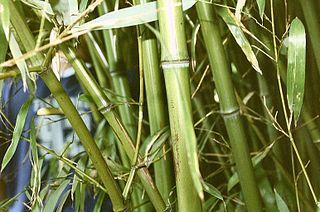From Guest Blogger Aiden Korr: Infographic on Going Green — Plant These Vegetables To Help the Environment

Several vegetables can be planted during the early months of the year from February to March. These plants make it easy for you to begin a garden at your home. An example of this would be the Cucumber. This plant can be placed in a garden from February to March and then harvested in September.
The March to April time frame is perfect for a variety of vegetables. You will be able to plant as soon as spring begins to bloom and you can harvest from June to September depending on the type of plant you have decided to place in the garden. Vegetables that can be planted from March to April are: Potatoes, Broad Beans, Tomatoes and Spring Onions.
As your garden begins to grow during the spring time months, you will be able to gradually add even more vegetables. From April to July, such vegetables as Beetroots, Carrots and Pumpkins can be planted and then harvested from August to October. Remember to continue to water and care for the vegetables that are growing as you add more items to your vegetable garden.
As the late summer and fall months arrive, you can still plant vegetables and continue to harvest items for eating as well as canning and freezing. During the late summer to fall months you can plant Shallots, Onions, Turnips and Spinach and harvest during the later months of the year such as October to December. Some plants need more time to grow and will continue until the early parts of next year such as Spinach and Onions.
Cabbages, Peas, Lettuce and Garlic are considered winter vegetables and go in during the early spring to late summer and winter months. As you plant, you will be able to have vegetables to harvest during the winter as well as into the spring so that you can continue to have a full garden of items to choose from throughout the year.
As you plant your vegetables and create a new garden, you will want to have a nice area for relaxing, shelling peas or storing vegetables. http://www.kitstone.co.uk/ provides great options for the home so you can enjoy your garden space.
It is important to remember that every vegetable has a sow and harvest date. Pay careful attention to the time frame in which you plant a vegetable and ensure that this date is correct. As you care for the vegetables, you will see each seed begin to sprout and grow, with the hope of a new vegetable coming up from the ground.
Creating your own garden is a great way to save money on fresh vegetables and also is environmentally friendly. You will be able to have many different vegetables just outside the home and pick whatever you want fresh from the garden!

